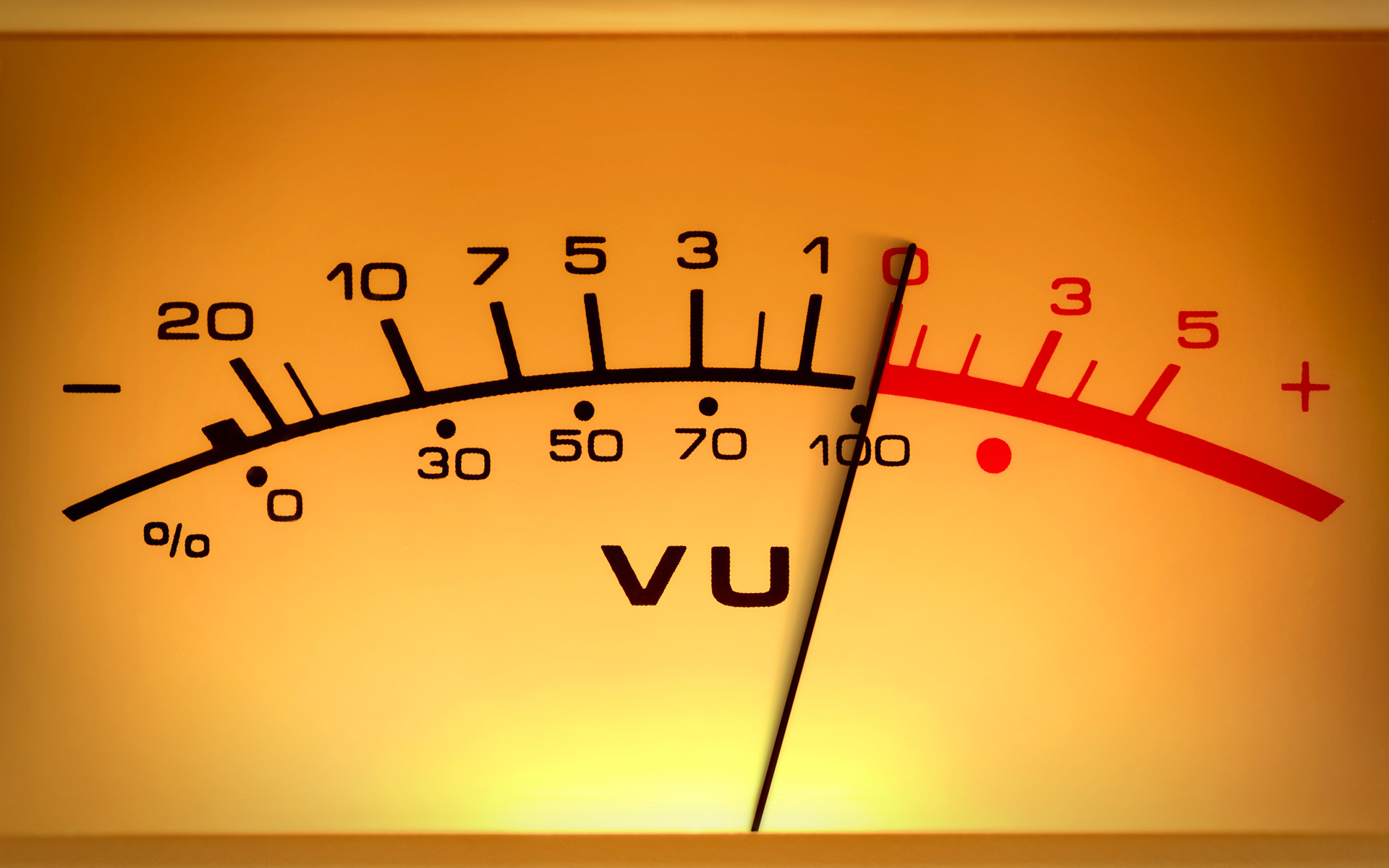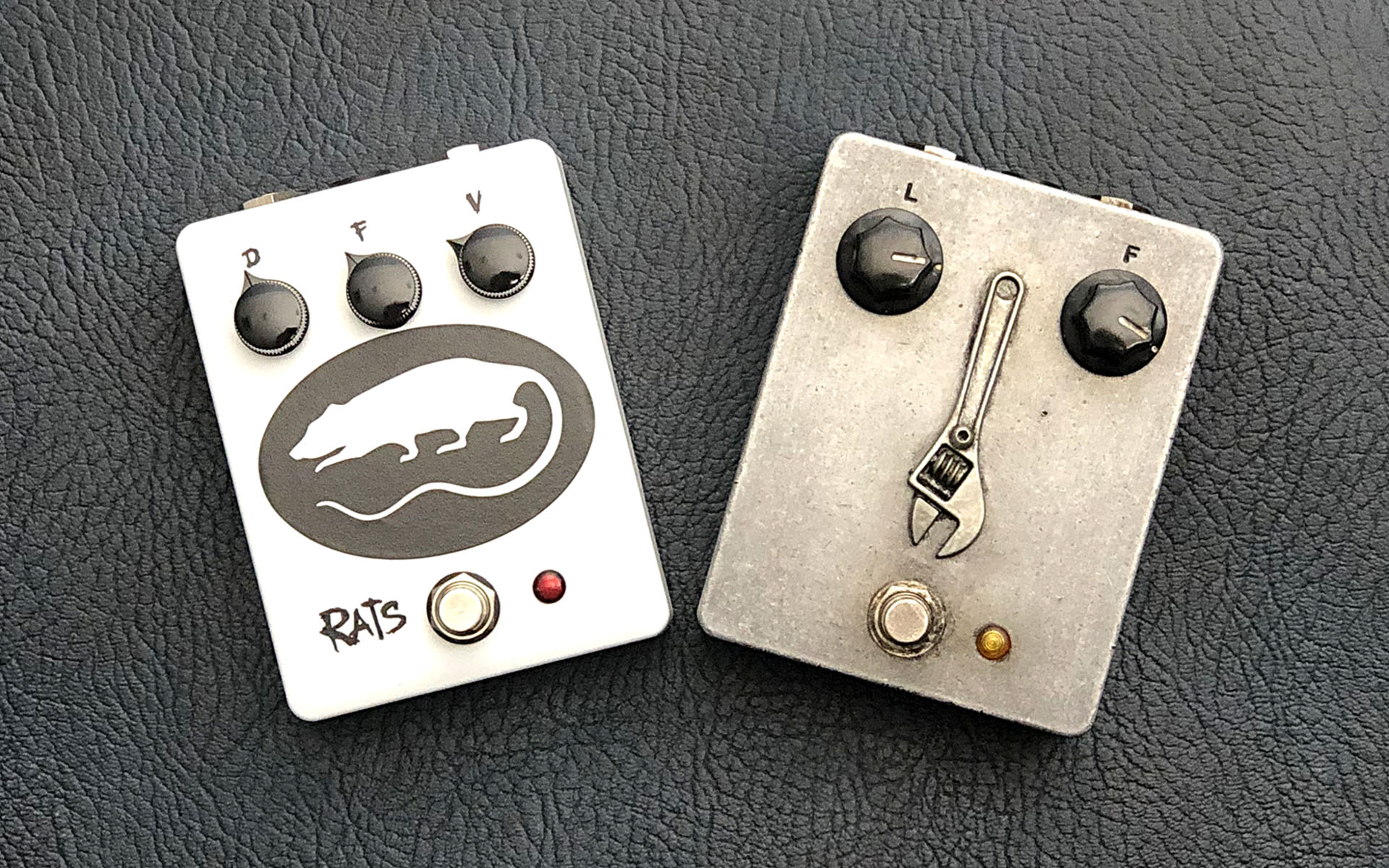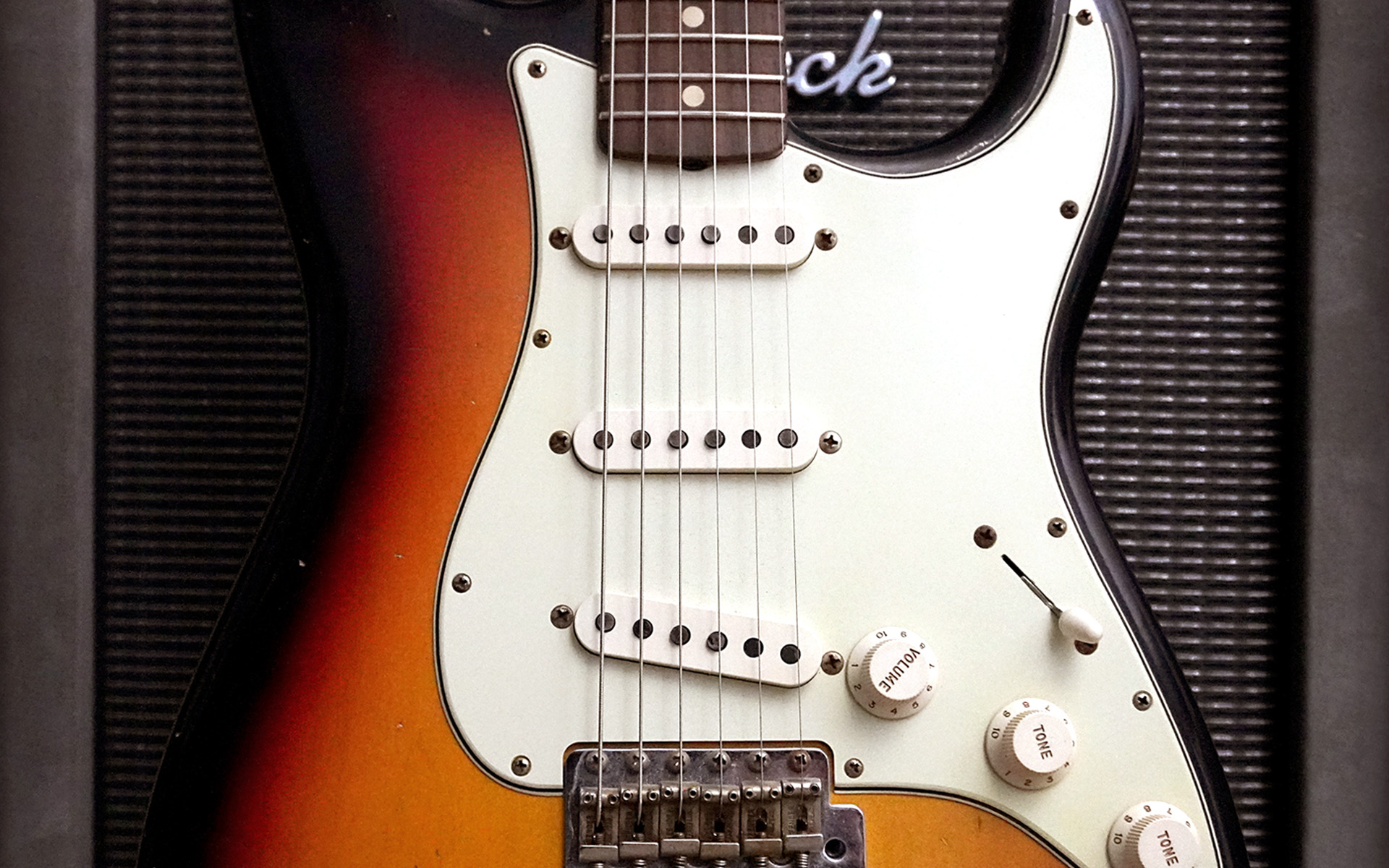The following information on fundamental guitar techniques for metal and progressive rock is excerpted from the Berklee Online course Metal Guitar, written by Shaun Michaud, and currently enrolling.
Learn how to stop sounding mechanical and start sounding like some of your favorite metal artists. In this series of video tutorials, I will demonstrate several metal/progressive rock techniques that will make your playing faster and more efficient, plus give you a quick how-to for learning quintessential metal tools like sweep picking and songs like John Petrucci’s solo in “Erotomania.”
1. Hexatonic Patterns
In this first video, I will demonstrates a technique I developed after years of dissecting solos from my favorite metal guitar players that breaks down a method of approaching the major scale from the entire fretboard. This method strays away from the traditional approach of the major scale from a smaller window on the guitar that is shown in most beginner books. I start by pairing the strings into two-string groupings. Each group has the same interval between the strings, thus creating the same shape for each set. Starting from each of the seven notes in the major scale, I play through the scale patterns up the fretboard, through each string set. I then show you how to use this technique to create musical solos.
2. The Neverending Scale
Now onward to an Achilles’ heel of guitar players, which is note recognition on the fretboard. This is an exercise I created that builds note recognition to help with freedom in playing. I start by looking at the first 12 frets of the guitar and find only one place to play each note of the scale on each string of the guitar. Using the C Major scale, I find C on the 6th string, find D on the 5th string, E on the 4th string, F on the 3rd string, G on the 2nd string, and A on the 1st string. Once I get to the top string, I reverse direction and continue the scale from where I left off by playing B on the 2nd string etc. This creates what we call the “neverending” scale.
3. Hexatonic Shapes in “Erotomania” Solo
In this next video, I show you how to play John Petrucci’s solo in “Erotomania” by Dream Theater. Using hexatonic shapes, I break down the solo phrase by phrase, showing you exactly what is going on in Petrucci’s playing. It serves as a perfect real-world example of using lanes and shapes of major scale patterns in a metal guitar style solo.
ENROLL IN THE 12-WEEK METAL GUITAR COURSE NOW
4. Pentatonic Octaves
Now let’s take a look at pentatonic scales. This method will allow you to learn new ways to divide the notes on the fretboard and create new shapes so that you can play fresh melodic content. I build upon the lane idea with some familiar sounds of the pentatonic scale.
5. Relative Pentatonic Shapes
Let’s move on to a second way to access the same five notes using the same seven shapes using relative pentatonic shapes, which will allow you to play these notes in a different spot on the guitar neck. This is accomplished by pairing shape one with five, two with six, and so on.
6. Sweep Picking Technique
Next we look at sweep arpeggios and the picking technique behind playing a smooth sweep. In this next video I break down how to accomplish a fluid sweep by playing each string while simultaneously working your way up and down an arpeggio, which involves lifting each finger allowing separation between each note. I start with arpeggios on the 5th string using the G major triad.
7. Octave Displacement
In this last video, I use Bach’s Sonata No. 1 in G minor to demonstrate the concept of octave displacement. Octave displacements can create unique-sounding lines. Using this technique, you can play a continuous scale without the listener noticing because of where the scale jumps an octave higher.











